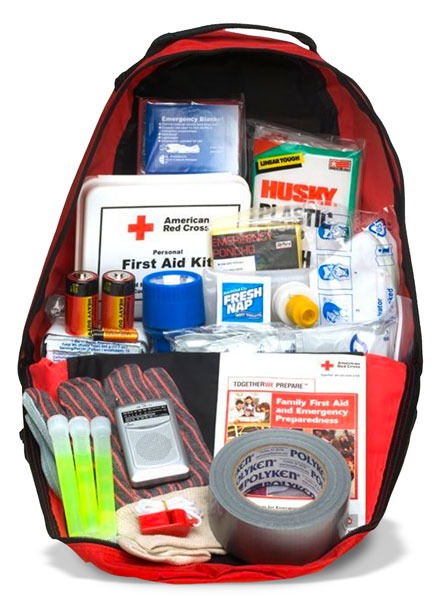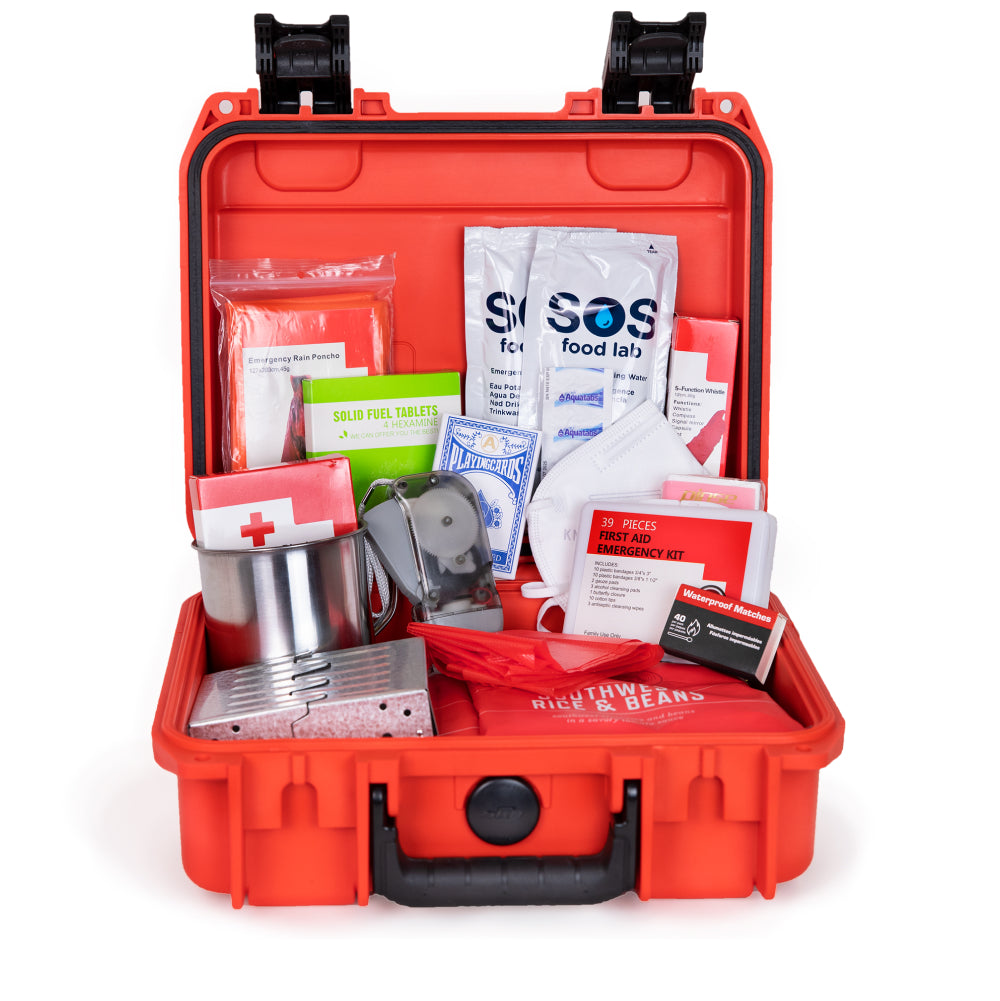Remain Safe and Secure With Appropriate Emergency Situation Readiness Measures
From natural disasters to unpredicted occasions, having a strong emergency situation readiness strategy can make all the distinction in guaranteeing the safety and security and security of on your own and your loved ones. Remain tuned to find the essential components that can aid you stay secure and safe during emergencies.
Value of Emergency Situation Preparedness
In today's uncertain world, the relevance of emergency situation preparedness can not be overemphasized. Awaiting unforeseen occasions such as all-natural catastrophes, mishaps, or protection hazards is important to decreasing dangers and guaranteeing safety and security for individuals, households, and communities - you can find out more. Emergency readiness encompasses a range of actions, consisting of producing a plan, assembling materials, and remaining informed
Having a well-balanced emergency situation plan is basic. This entails determining potential risks, establishing interaction approaches, and designating conference points. A clear strategy guarantees that every person understands what to do and where to go in case of an emergency situation, minimizing confusion and panic.
Moreover, stockpiling important materials like food, water, medicines, and emergency treatment packages is vital. When access to sources might be limited., these stipulations can sustain individuals and households throughout the first hours or days following a dilemma.
Remaining educated through trustworthy sources such as emergency notifies and authorities networks is additionally crucial. Timely and accurate information allows fast decision-making and proper actions, improving overall preparedness and resilience. Basically, focusing on emergency situation readiness is a aggressive and liable technique to safeguarding lives and property despite unforeseen situations.
Communication Strategy Fundamentals
Given the critical role of clear interaction in emergency situation preparedness, comprehending the essentials of a communication plan is critical for reliable feedback and sychronisation throughout dilemmas. An interaction plan ought to include key elements such as assigned communication duties, a listing of call details for staff member and stakeholders, predefined interaction networks (e.g., e-mail, phone tree, messaging apps), and protocols for both exterior and interior interaction.
Furthermore, developing a clear hierarchy and decision-making processes within the interaction strategy is vital to prevent confusion and guarantee prompt dissemination of information. Regular training on the interaction plan, including method drills and scenario-based workouts, can assist familiarize employee with their duties and obligations, enhancing overall preparedness.
Additionally, integrating redundancies in communication techniques, such as alternate communication tools or backup source of power, can assist mitigate potential interruptions throughout emergencies. Last but not least, the communication plan ought to be on a regular basis assessed and updated to mirror any kind of organizational modifications, brand-new innovations, or lessons gained from previous cases, ensuring its relevance and performance in times of crisis.

Vital Supplies List
Recognizing the critical items required for an important supplies checklist is essential for efficient emergency preparedness. When assembling your emergency situation materials, start with items such as non-perishable food, water, and a manual can opener to guarantee basic nutrition throughout dilemmas. Keep in mind to include an initial help set including vital clinical materials like bandages, disinfectant wipes, and discomfort relievers. Additionally, load a flashlight with extra batteries, a multi-tool, and a mobile phone battery charger to preserve interaction and browse via emergency situations. Sufficient clothing and durable footwear are additionally crucial in instance you need to evacuate or face extreme weather. Do not forget essential papers like recognition documents, insurance policy plans, and emergency situation contact details kept in a water resistant container. Consider personal health items, a whistle for signaling help, and any type of needed drugs for at least a 72-hour supply. Routinely evaluation and update your emergency situation materials to ensure preparedness in unanticipated circumstances.

Family Emergency Meeting Factors
When developing family members emergency situation conference factors, it is essential to assign established places where all member of the family can gather in case of a crisis. These meeting factors need to be quickly obtainable and recognized to every relative. Think about choosing both a nearby place, such as a next-door neighbor's house or an area center, for small emergencies like a residence fire, and a further location, like a relative's home or a marked shelter, for larger-scale calamities that may call for emptying.
It is recommended to have several meeting factors based on different circumstances and possible dangers. Guarantee that everybody in the household knows these areas and understands how to reach them safely. In addition, More Info develop an interaction plan to remain in touch during emergency situations and figure out a second and main setting of interaction if conventional approaches stop working.
On a regular basis evaluation and practice your emergency situation plan, including meeting at the marked points, to ensure that all member of the family are familiar and ready with what to do in various situation circumstances - view. By having well-balanced family members emergency situation meeting factors, you can improve your family members's security and readiness throughout challenging times
Establishing an Emptying Strategy
To properly plan for emergency situations, crafting a well-thought-out evacuation method is vital for making sure the security and health of your household. When developing an evacuation strategy, consider the certain requirements of all relative, including youngsters, elderly individuals, or pets. Begin by recognizing multiple discharge paths from different places in your house and establish a marked meeting factor outside the prompt vicinity.
Make sure that all family members know with the emptying routes and exercise the strategy frequently through drills. Assign duties per member of the family to simplify the evacuation procedure and prevent complication during a genuine emergency situation. Prepare a "go-bag" with vital things such as medications, crucial records, and emergency products that can be conveniently grabbed when evacuating.
Remain educated about potential dangers in your area and understand neighborhood discharge treatments. Think about variables like transportation and shelter choices in your evacuation plan. By proactively developing and practicing your emptying method, you can properly respond to emergency situations and focus on the safety and security of your loved ones.

Conclusion
Finally, it is essential for people to focus on emergency readiness procedures to make sure the security and security of themselves and their enjoyed ones. By having a communication strategy, necessary materials, designated meeting factors, and an emptying technique in position, individuals can be much better geared up to handle unexpected emergency situations. Taking proactive actions to get ready for possible calamities can assist avoid disorder and complication, eventually resulting in a more safe and secure and organized reaction.
From all-natural disasters to unforeseen events, having a solid emergency situation readiness plan can make all the difference in ensuring the security and security of yourself and your loved ones. EMERGENCY PREPAREDNESS. Emergency situation readiness includes an array of procedures, including producing a strategy, assembling products, and staying educated
Additionally, pack a flashlight with extra batteries, a multi-tool, and a portable phone charger to maintain interaction and browse with emergency situations. Additionally, establish an interaction strategy to stay in touch throughout emergencies and identify a primary and second setting of communication if standard approaches fall short.
By having a communication plan, crucial materials, assigned conference factors, and a discharge strategy in place, people can be much better equipped to handle unanticipated emergencies.